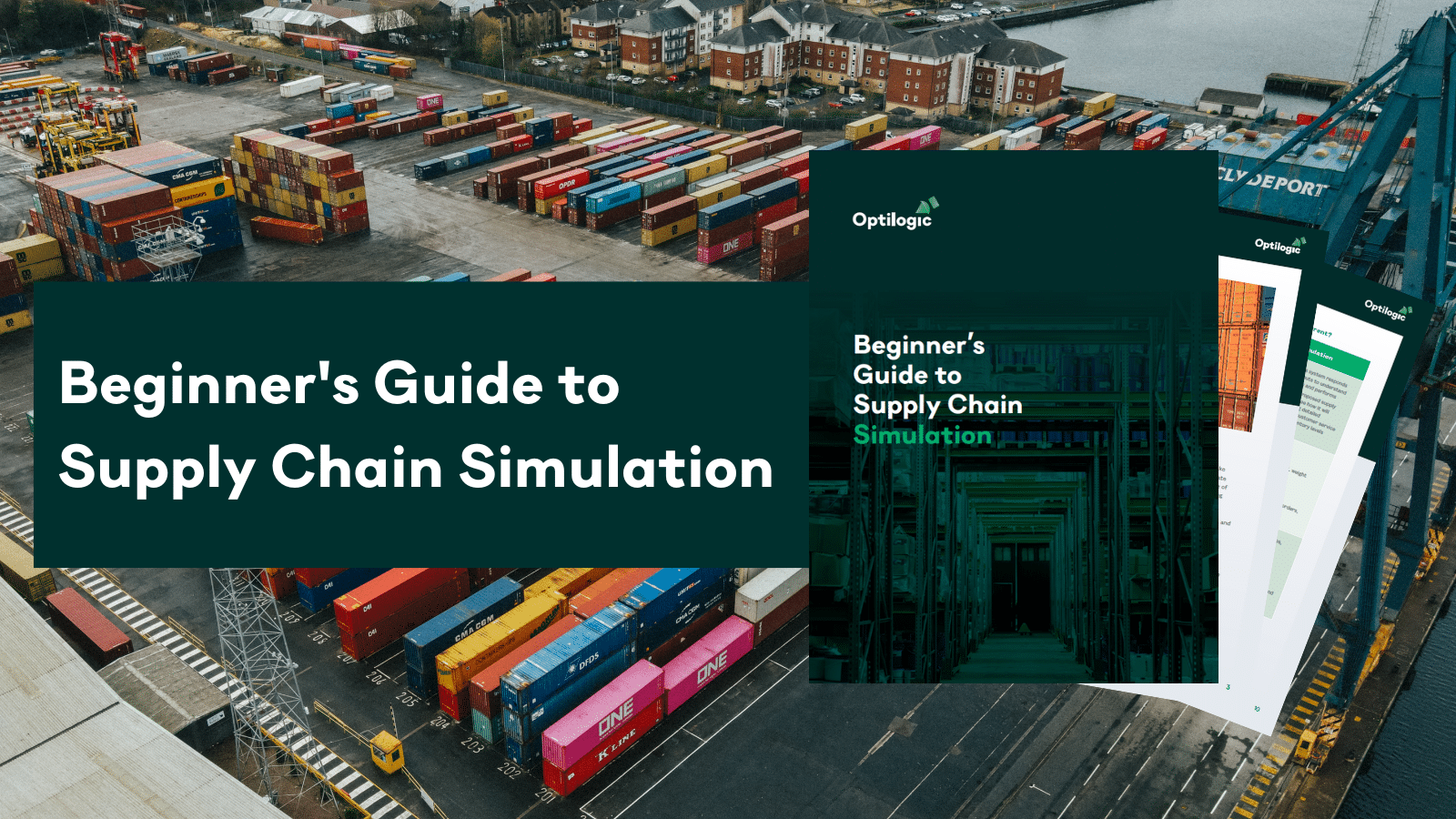
Download Our Guide Now
Published by
Published on
July 25, 2023





Supply chain simulation is the most granular modeling technique. This preferred method for service level analysis shows how business rules, policies, product requirements, etc. impact demand, manufacturing cycle times, staffing requirements, transportation lead times, and more. These insights can be instrumental for a multi-tiered supply chain’s inventory strategy.Download your free guide to learn:

Supply chain simulation is the most granular modeling technique. This preferred method for service level analysis shows how business rules, policies, product requirements, etc. impact demand, manufacturing cycle times, staffing requirements, transportation lead times, and more. These insights can be instrumental for a multi-tiered supply chain’s inventory strategy.Download your free guide to learn:

Fill out the form to unlock the full content

.png)

.png)